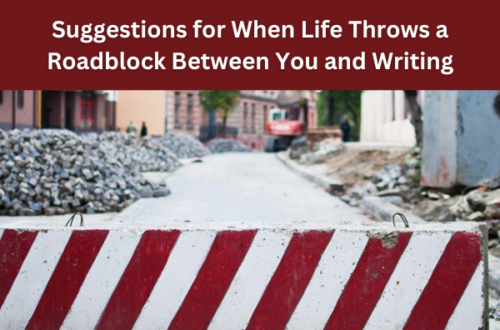Writing Tips
-
Places Are Important Too: Bring Your Book to Life (Part 2)
You might’ve heard that setting can be a character in your story. But did you know that setting can be as crucial to your story as your character? Location matters. Imagine if The Shining took place in a quaint bed and breakfast with an uplifting soundtrack? Or if the house Noah lovingly built for Allie in The Notebook turned out to be haunted like the mansion in The Haunting of Hill House? The way you stage the setting in your story deepens the experience for both the character and the reader. Whether you’re being blatant or subtle, dropping heavy detail or sprinkling light clues, how you present a place tells readers how to feel about it. Jump over to…
-
The Ins and Outs of Internal Dialogue
When is internal dialogue too much, too little, or just enough? Come visit me over at Writers in the Storm to find out! Last time I visited Writers in the Storm, we talked about dialogue—what characters say out loud to themselves or to other characters. If you missed that blog, you can find it here at Dive Deep into Dialogue. This time, I want to shift to internal dialogue—what your characters don’t say out loud to themselves or to other characters. There are two things to remember before we start. The first is Point of View (POV). When I wrote the sentence above, I should’ve added what your Point of View (POV) characters…
-
Dive Deep into Dialogue
There are lots of different ways to start sketching in the empty page of a new scene. Dialogue. Setting. Action. Internal thought. But for me, the easiest way to get words on the page is to use dialogue—what I want my characters to say to each other—as the blueprint of my scene. Visit me over at Writers in the Storm today and learn the do’s and don’ts of dialogue. You might also be interested in Frame Your Scene with Essay Structure.
-
Frame Your Scene with Essay Structure
Does the blank page cause you anxiety? Are your readers sometimes confused? Consider using essay structure to plan and write your scenes. Jump over to Writers in the Storm today where I’m guest blogging, and I’ll show you how.




